Research Archive
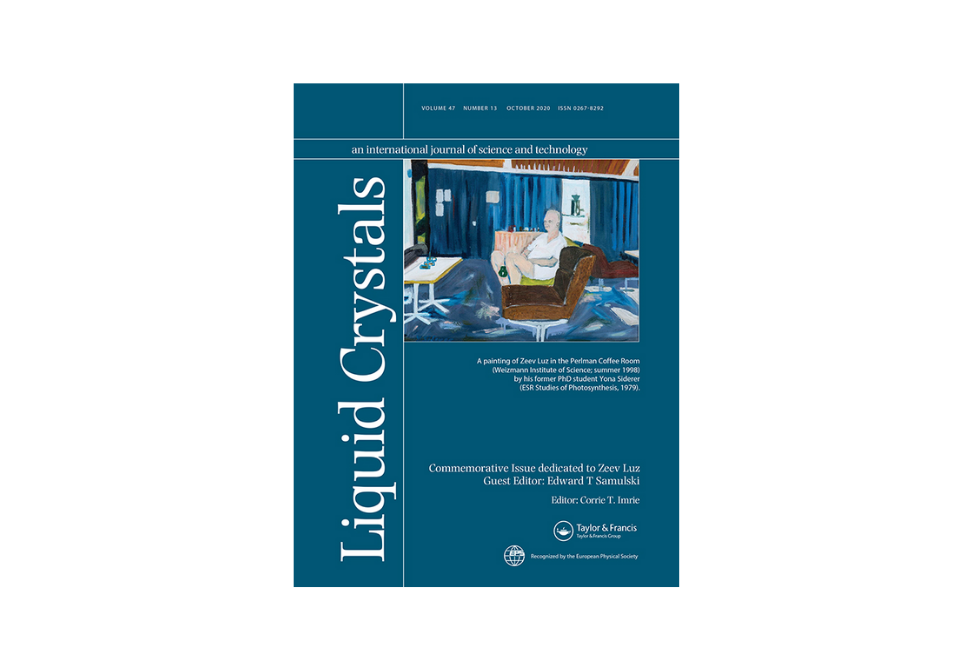
In this Commemorative Issue of Liquid Crystals, former collaborators and contemporaries express their admiration of Zeev Luz’s legacy with an array of invited articles spanning a range of topics at the intersection of magnetic resonance with ordered fluid phases.
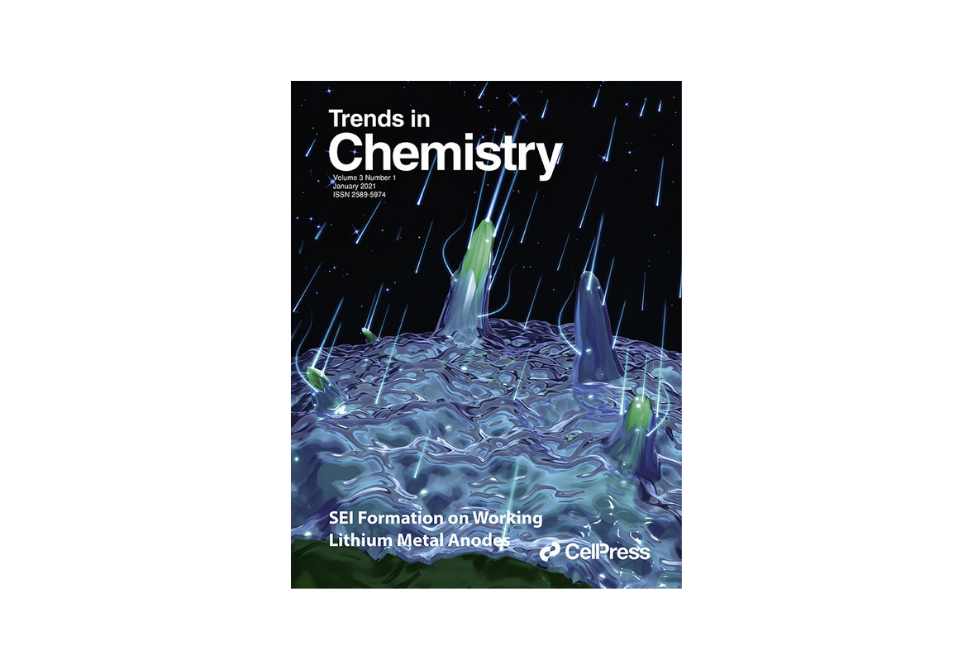
This review focuses on applications of ALD in DSPECs for the preparation of solar fuels based on modified semiconductor surfaces. In this area, ALD has been used to prepare core/shell structures that modify surface-interfacial electron transfer, to prepare structures that stabilize surface-bound chromophores and catalysts, and for the preparation of overlayer structures that stabilize electrodes for water oxidation and photocathodes for H-2 or CO2 reduction.
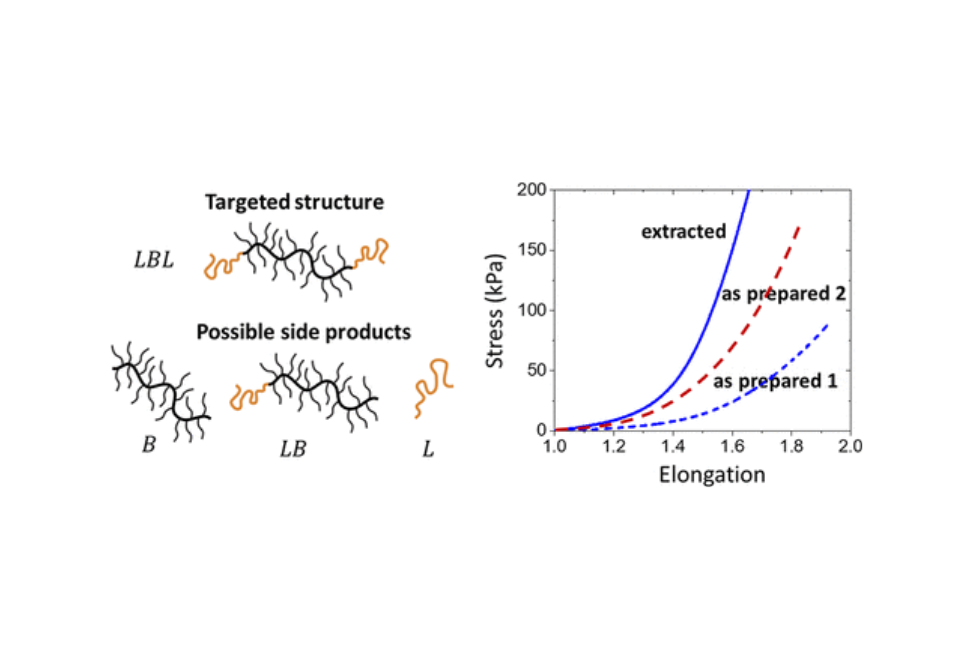
The kinetics of grafting-through polymerization of PDMS11MA macromonomers was studied to establish correlations between reversible first-order kinetic trends and network mechanical properties. By varying the reaction conditions, including the initial monomer concentration, targeted degree of polymerization, and solvent, the syntheses of macroinitiators and chain extensions were optimized with improved chain-end fidelity while maintaining a high yield and provided elastomers with consistent desired mechanical properties.
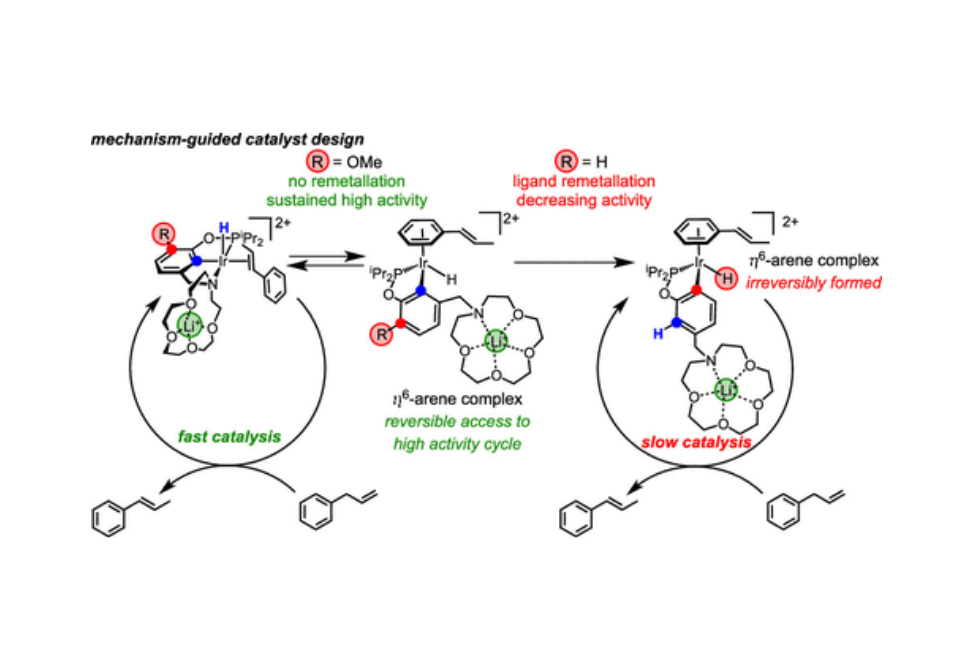
Hemilabile ligands are found in many leading organometallic catalysts, but it can be challenging to tune the degree of hemilability in a particular catalyst. This work explores the impact of cation-tunable hemilability on the speciation of iridium(III) pincer-crown ether catalysts during high-activity olefin isomerization.
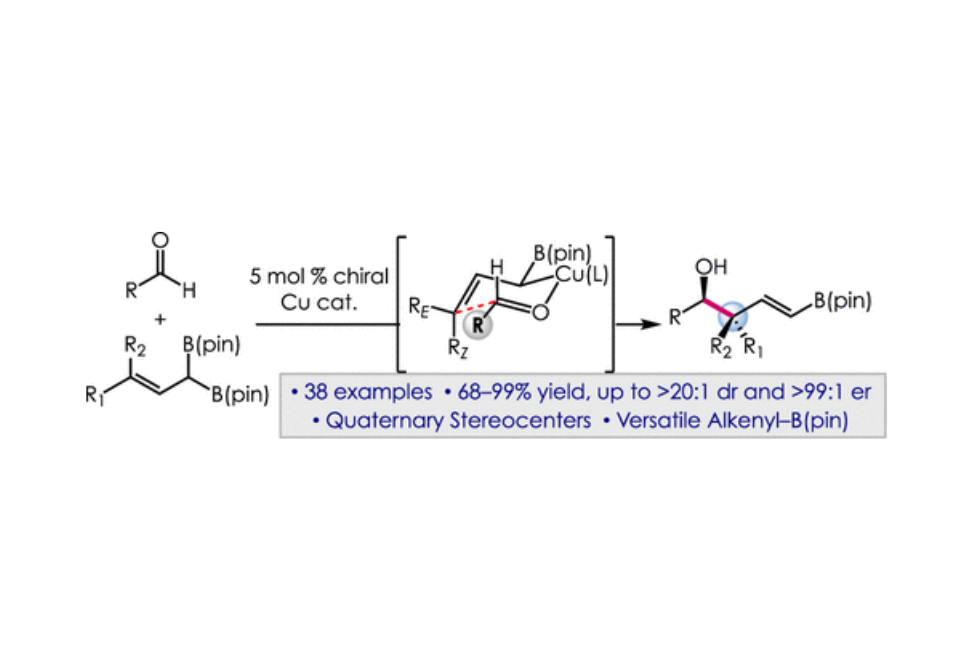
A general method for the synthesis of secondary homoallylic alcohols containing α-quaternary carbon stereogenic centers in high diastereo- and enantioselectivity (up to >20:1 dr and >99:1 er) is disclosed.
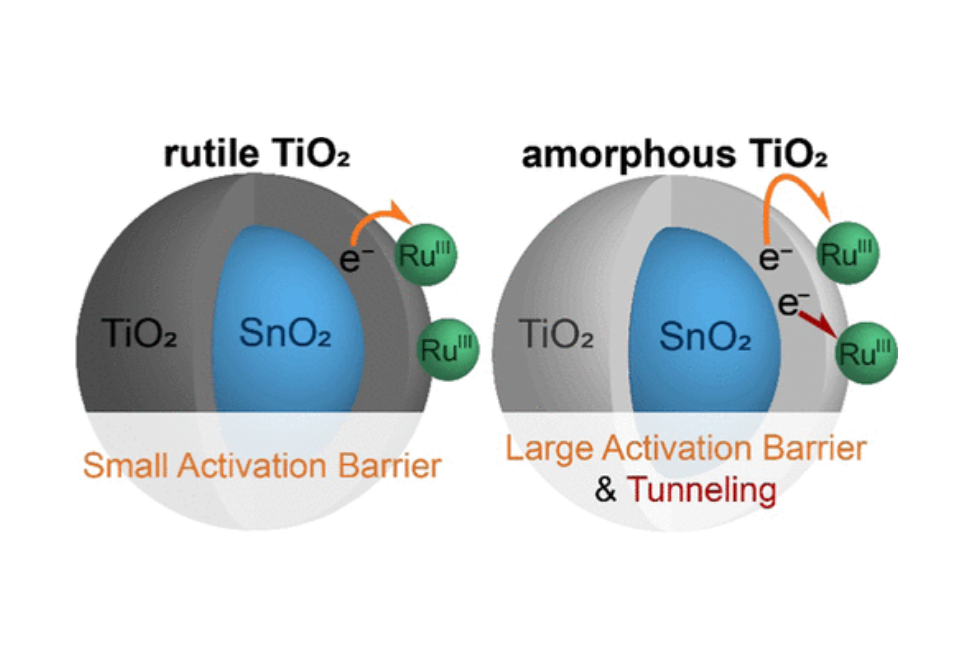
A model is proposed wherein ET in annealed SnO2|TiO2 is rate-limited by electron transport in the shell, while ET in unannealed SnO2|TiO2 is rate-limited by electron escape from the core. The model is consistent with a comparative study of ZrO2|TiO2 materials for which insulating ZrO2 cores are energetically inaccessible to electrons. These mechanistic insights provide guidance on how to manipulate core|shell nanostructures for applications in solar water splitting.
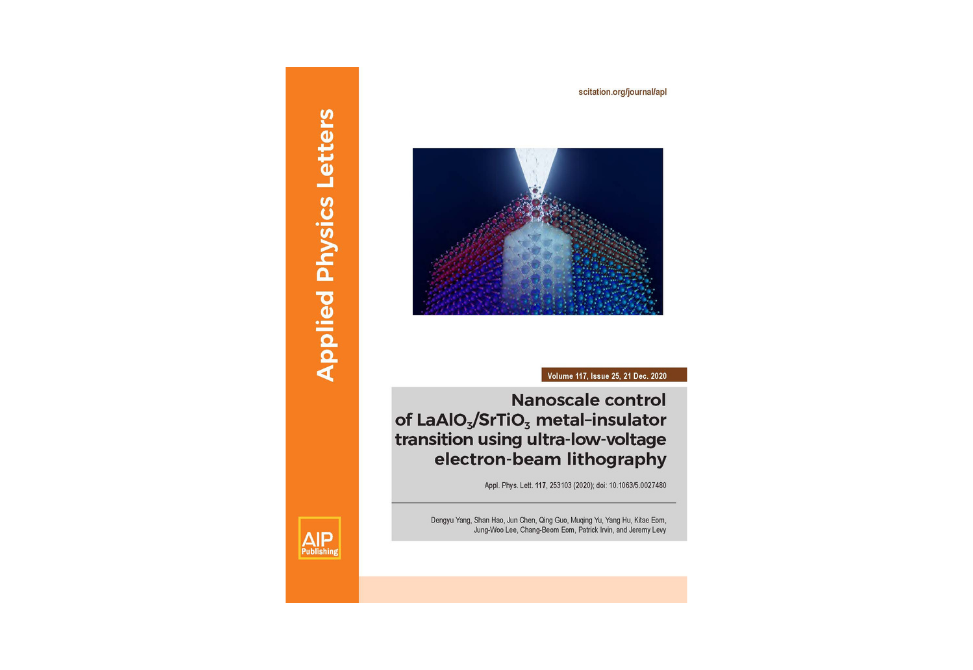
Tellurene-the 2D form of elemental tellurium-provides an attractive alternative to conventional 2D semiconductors due to its high bipolar mobilities, facile solution processing, and the possibility of dopant intercalation into its 1D van der Waals lattice. Here, we study the microscopic origin of transport anisotropy in lithographically defined four-terminal tellurene devices using spatially resolved near-field scanning microwave microscopy (SMM).
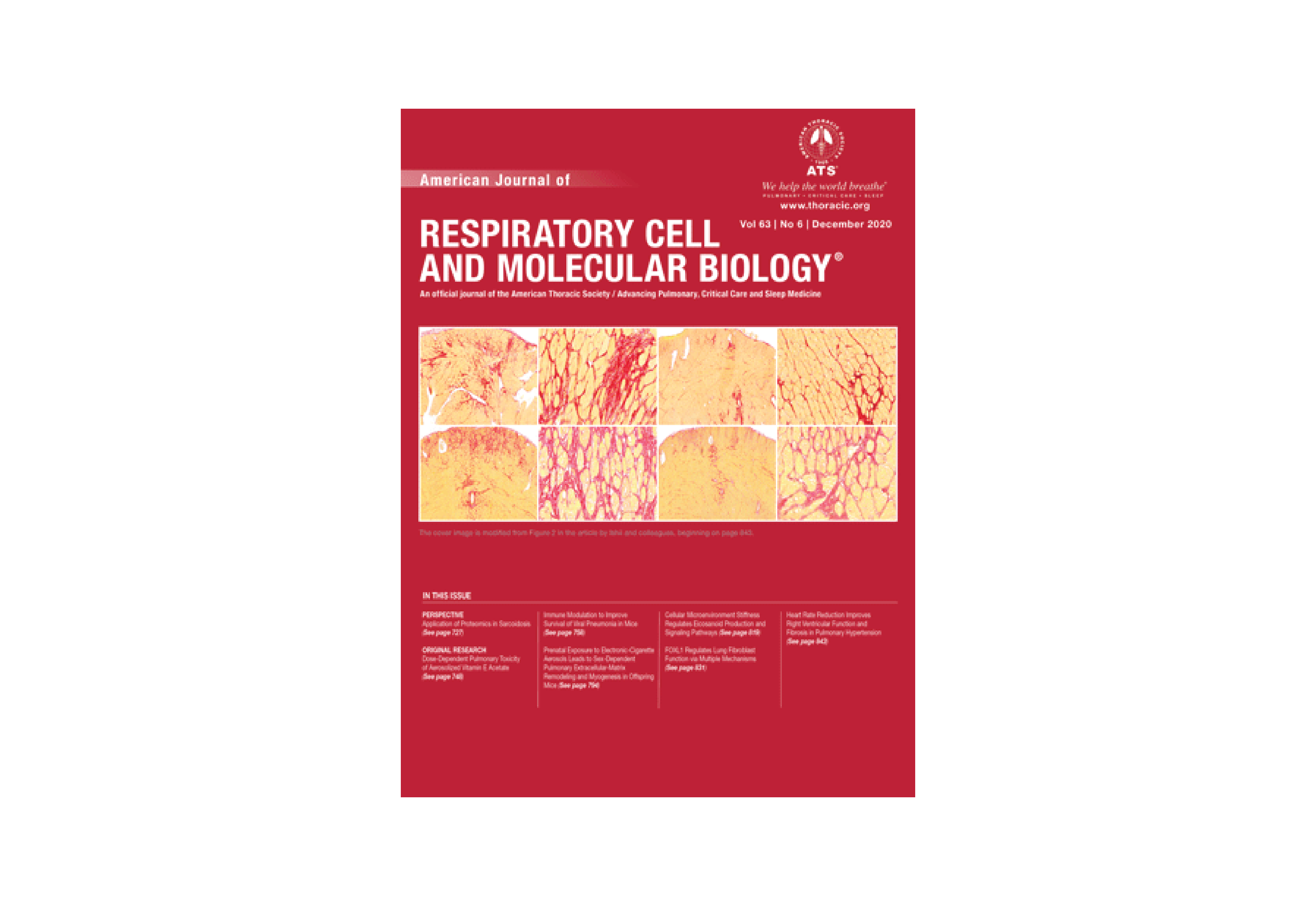
Cigar/cigarillo smoking has been considered a safer alternative to cigarettes; however, the health risks associated with cigar in comparison with cigarette smoking are not well understood. To address this knowledge gap, we characterized the effects of multiple brands of cigarillos on the airway epithelium using ex vivo and in vivo models. To analyze these effects, we assessed the cellular viability and integrity of smoke-exposed primary airway cell cultures.

We report a technique to amplify the electrochemical signal within micro- and nanodroplets via radical annihilation amplification. This experiment allows one to observe the electrochemistry of hundreds to thousands of molecules trapped in a femtoliter droplet, enhancing the sensitivity of droplet-based electrochemistry by 5 orders of magnitude.
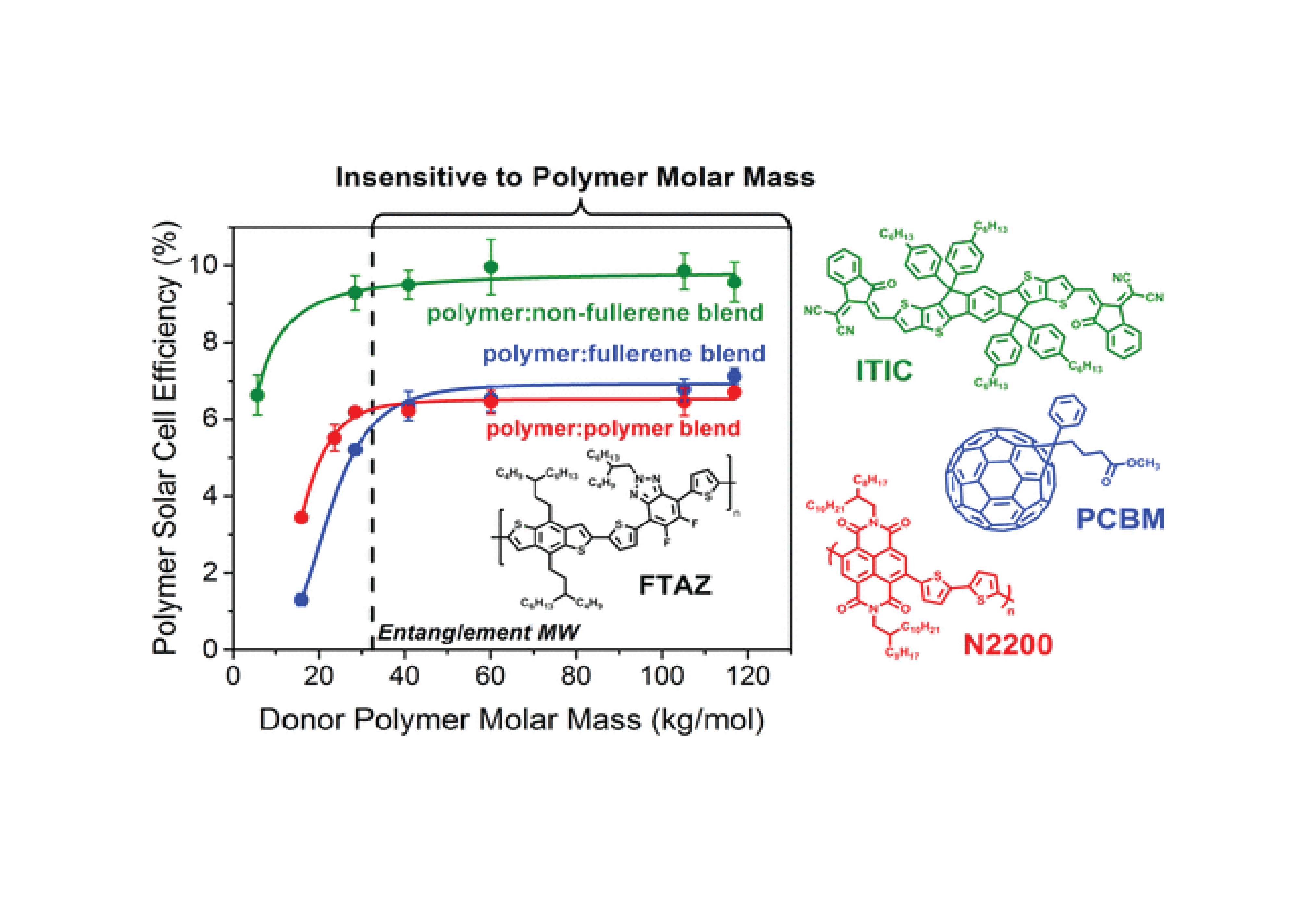
This study highlights a single-donor polymer which, when paired with an archetypal fullerene, polymer, and FREA, results in systems that are largely insensitive to donor Mn. Our results may have implications in polymer batch-to-batch reproducibility, in particular, relaxing the need for tight Mn control during synthesis.
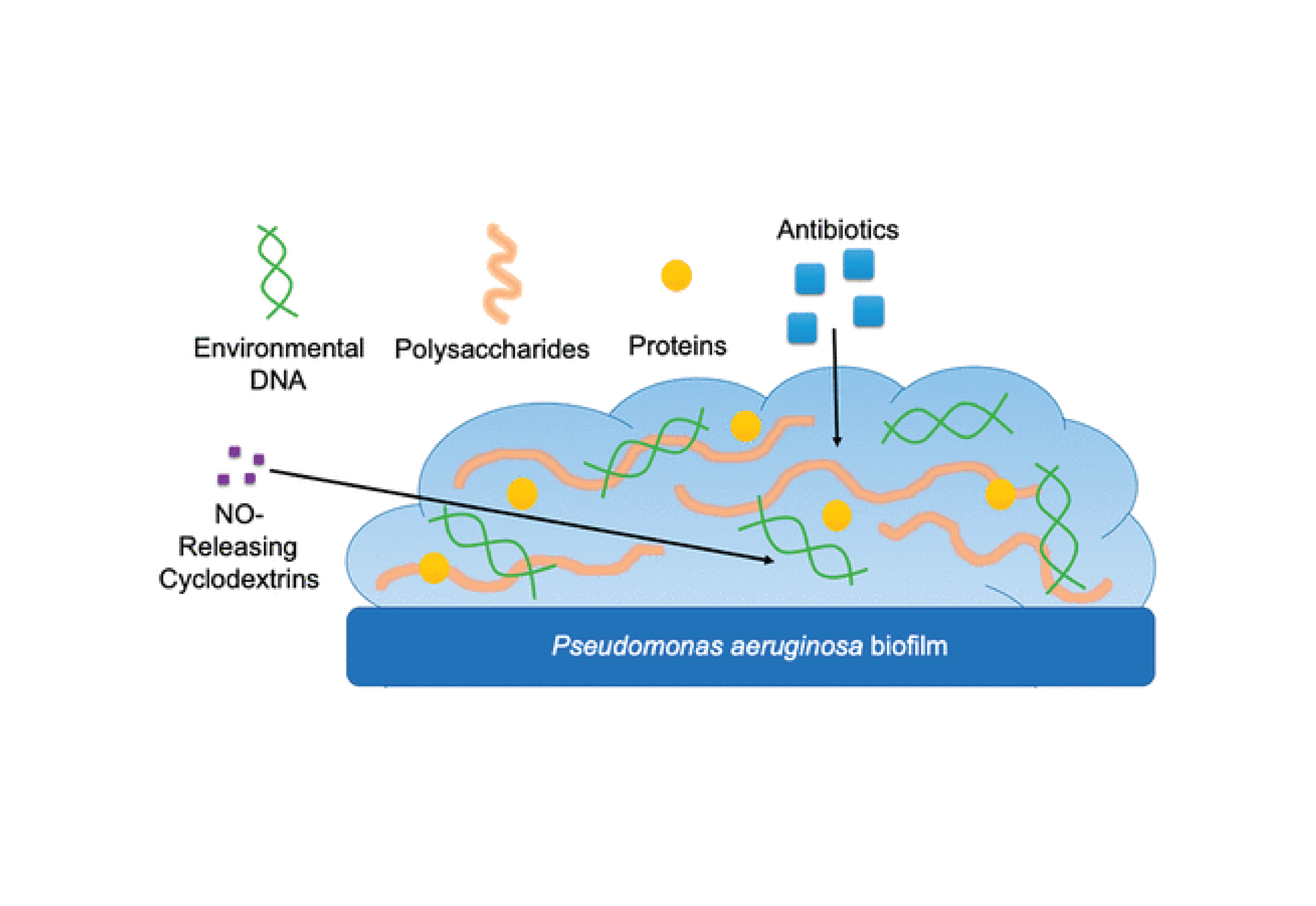
Pseudomonas aeruginosa is the main contributor to the morbidity and mortality of cystic fibrosis (CF) patients. Nitric oxide (NO) can both disrupt the physical structure of the biofilm and eradicate interior colonies. The effects of a CF-like growth environment on P. aeruginosa biofilm susceptibility to NO were investigated using parallel plate macrorheology and particle tracking microrheology.
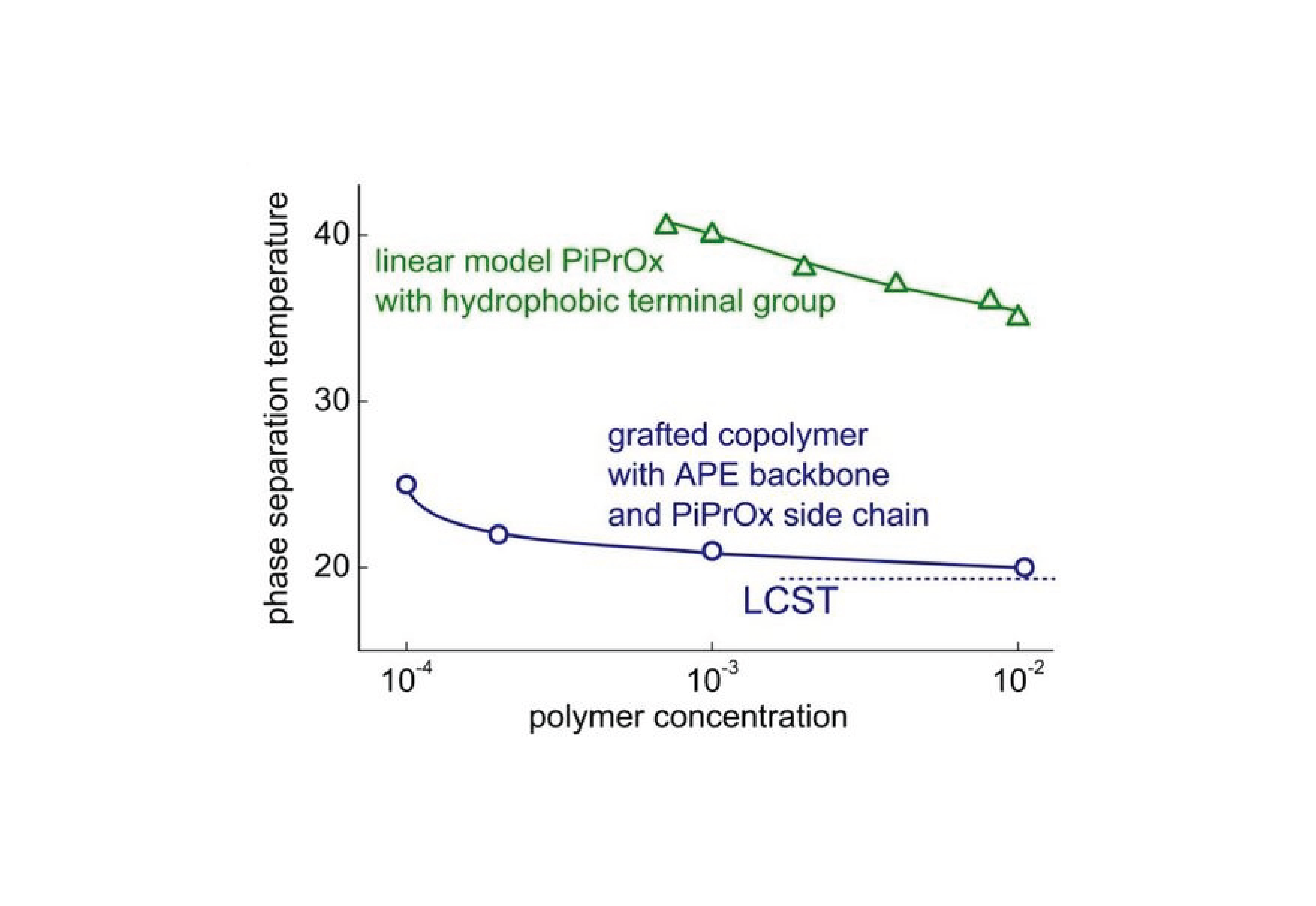
New thermoresponsive graft copolymers with an aromatic polyester backbone and poly(2-isopropyl-2-oxazoline) (PiPrOx) side chains are synthesized and characterized by NMR and GPC. Their conformational properties in nitropropane as well as thermoresponsiveness in aqueous solutions are studied and compared with that of free side chains, i.e., linear PiPrOx with a hydrophobic terminal group.

